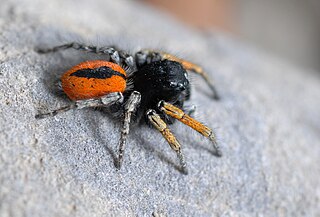
Philaeus chrysops is a species of jumping spider (Salticidae).
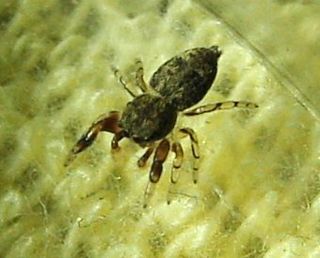
Ballus is a spider genus of the family Salticidae.
Echeclus is a genus of the spider family Salticidae.

Epeus is a genus of the spider family Salticidae. They are often found on broad-leaved plants or shrubs of rain forest, or in gardens of Southeast Asia.
Erasinus is a genus of the spider family Salticidae.
Eupoa is a genus of spiders in the family Salticidae. Originally known only from one species from Vietnam, several other species have been described since 1997, all from China.
Gambaquezonia is a genus of the spider family Salticidae with two species. It was first described in some detail by Barrion & Litsinger (1995) from the female holotype, the only known specimen at the time. Its general appearance was later redescribed by Murphy and Murphy (2000).
Langerra is a spider genus of the jumping spider family, Salticidae.
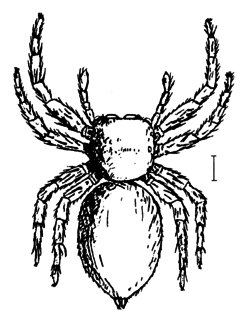
Mantius is a spider genus of the jumping spider family, Salticidae.
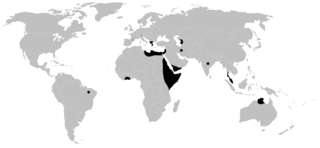
Cithaeronidae is a small family of araneomorph spiders first described by Simon in 1893 Female Cithaeron are about 5 to 7 millimetres long, males about 4 millimetres (0.16 in).
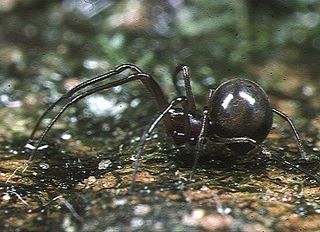
Anapidae is a family of rather small spiders with 231 described species in 58 genera. It includes the former family Micropholcommatidae as the subfamily Micropholcommatinae, and the former family Holarchaeidae. Most species are less than 2 millimetres (0.079 in) long.
Jerzego alboguttatus is a spider species of the family Salticidae. The species is only known from one immature female described in 1903 by Eugène Simon.
Padilla javana is the only species of jumping spider in the genus Padilla which occurs on Java, with most others found in Madagascar, and one in China.
Salticus latidentatus is a species of jumping spider that occurs in Russia, Mongolia and China, reaching into South China. The female is about four mm long. The carapace of the female is dark reddish brown anteriorly and somewhat lighter on the thorax. The greyish-white abdomen is oval and about twice as long as broad. The legs bear long black and white stripes.
Servaea murina is the only species of the jumping spider genus Servaea found outside of Australia. It is endemic to Java.
Emathis weyersi is a species of jumping spider that occurs from Sumatra to the Philippines.
Uroballus peckhami is a spider species of the jumping spider family, Salticidae that is known only from northern Vietnam.
Bristowia heterospinosa is a species of jumping spider from Asia. It was first found on Krakatau, but later also in Vietnam, Malaysia, Singapore, China, Korea and Japan.
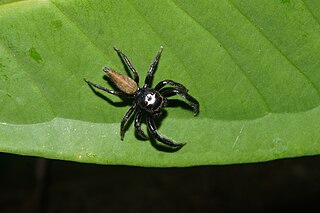
Bavia aericeps is the type species of the jumping spider genus Bavia. In its distribution range it is the most commonly found species of its genus.
Chrysilla lauta is the type species of the jumping spider genus Chrysilla. It occurs in rain forest from Burma to China and Vietnam. Although known since 1887, it has only been described from male specimens.






